

IT Development Manager
Backend & Frontend development, Database Management, System Architect.

System Architect & Business Analyst
Software Engineering, Database Management, System Analyst, Business Process Analyst.
Understanding of Fullstack Developer
Introduction to SDLC (Software Development Life Cycle)
Introduction to Fullstack Web Development
Fundamental PHP
Basic and Advance Database with MySQL
Introduction to Laravel
Introduction to Vue Js
State Management with Vuex
API Development & Integration
Authentication & Authorization
Form Handling & Validation
Real-Time Features

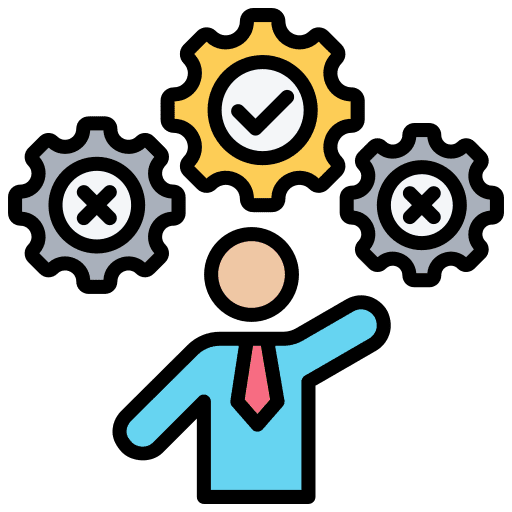


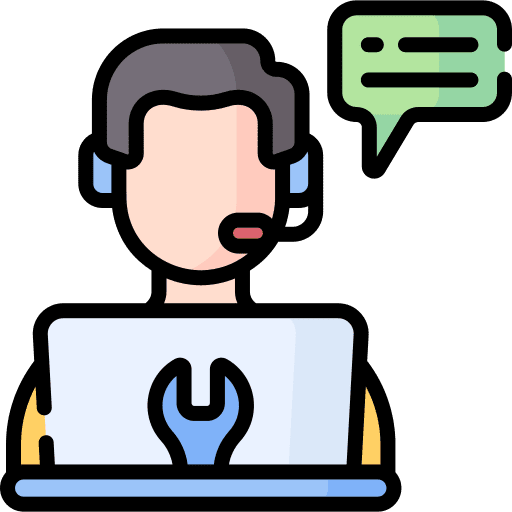


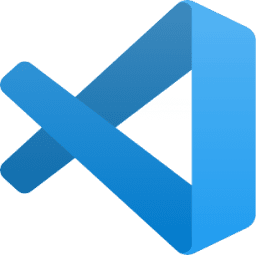

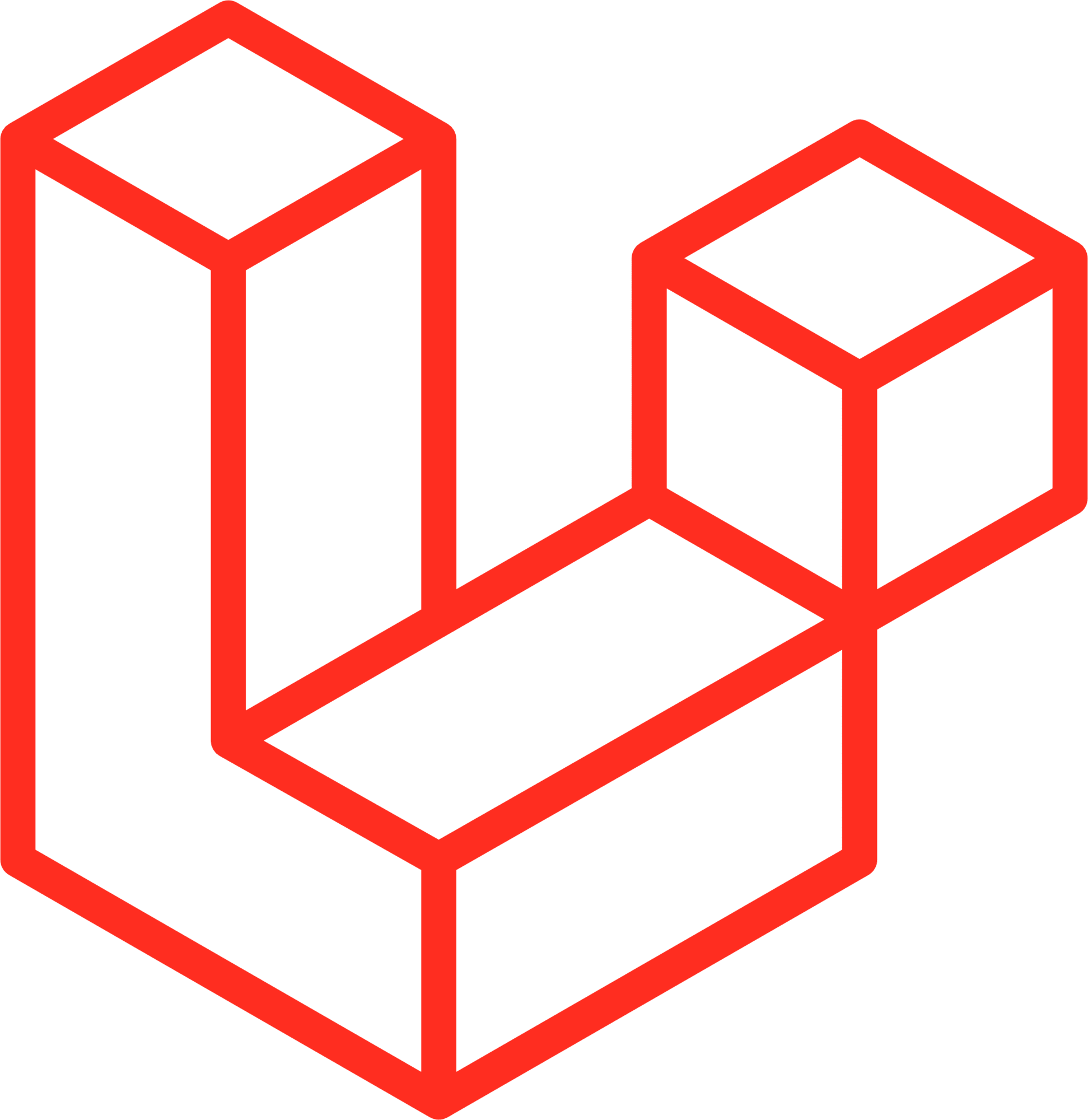

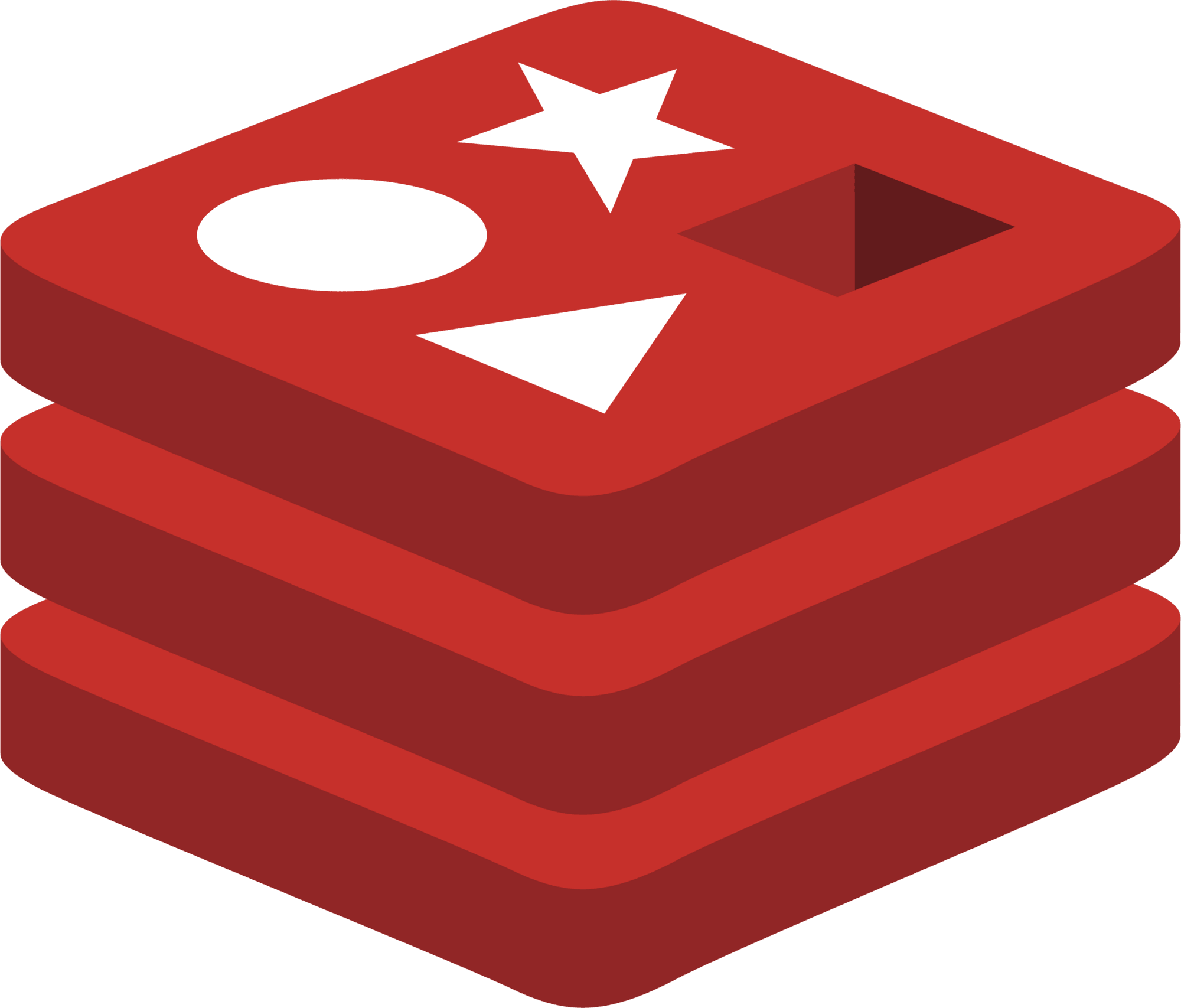
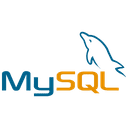

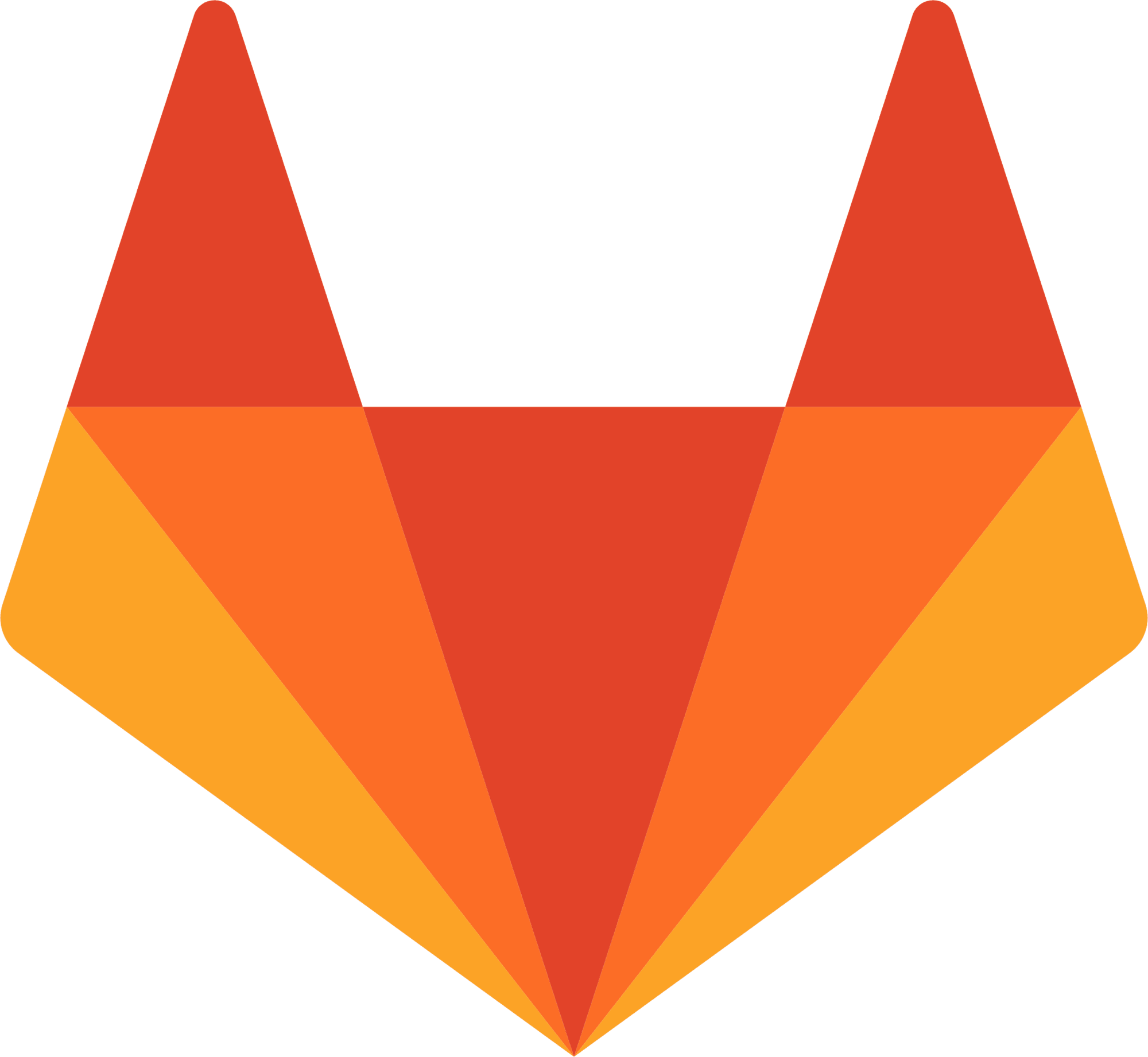
Module 1: Understanding of Fullstack Developer
Topic: Understanding the Role of a Fullstack Developer
Topic: Technology Stack in Fullstack Development
Module 2: Introduction to SDLC (Software Development Life Cycle)
Topic: Overview of SDLC
Topic: Understanding SDLC Process
Module 4: Fundamental PHP
Topic: Basic Php Syntax
Topic: Control structures
Topic: Functions
Topic: OOP PHP
Module 6: Introduction to Laravel
Topic: Understanding MVC in Laravel
Topic: Database & Eloquent ORM
Topic: React Native Basics
Topic: React Native Routing
Topic: State Management & Hooks
Topic: Basic Form Handling
Module 8: State Management with Vuex
Topic: Managing State in Vue.js
Module 10: Authentication & Authorization
Topic: Implementing User Authentication
Module 11: Form Handling & Validation
Topic: Input Validation & Error Handling
Module 13: Deployment & Performance Optimization
Topic: Deploying Laravel & Vue.js Applications
Topic: Frontend Performance Optimization
Topic: Introduction to Redis Caching Database
Module 3: Introduction to Fullstack Web Development
Topic: Overview of Fullstack Development
Topic: Setting Up Development Environment
Module 5: Basic and Advance Database with MySQL
Topic: Introduction to Relational Databases and MySQL
Topic: Basic SQL Operations
Topic: Advanced SQL Techniques
Topic: Database Design and Normalization
Topic: Indexing and Query Optimization
Topic: Stored Procedures, Functions, and Triggers
Module 7: Introduction to Vue Js
Topic: Vue.js Core Concepts
Topic: Vue Router & Navigation
Module 9: API Development & Integration
Topic: Building RESTful APIs in Laravel
Topic: Fetching API Data in Vue.js
Module 12: Real-Time Features
Topic: WebSockets & Laravel Broadcasting
Topic: Intoduction to Figma
Topic: Creating UI/UX Design for Mobile Apps
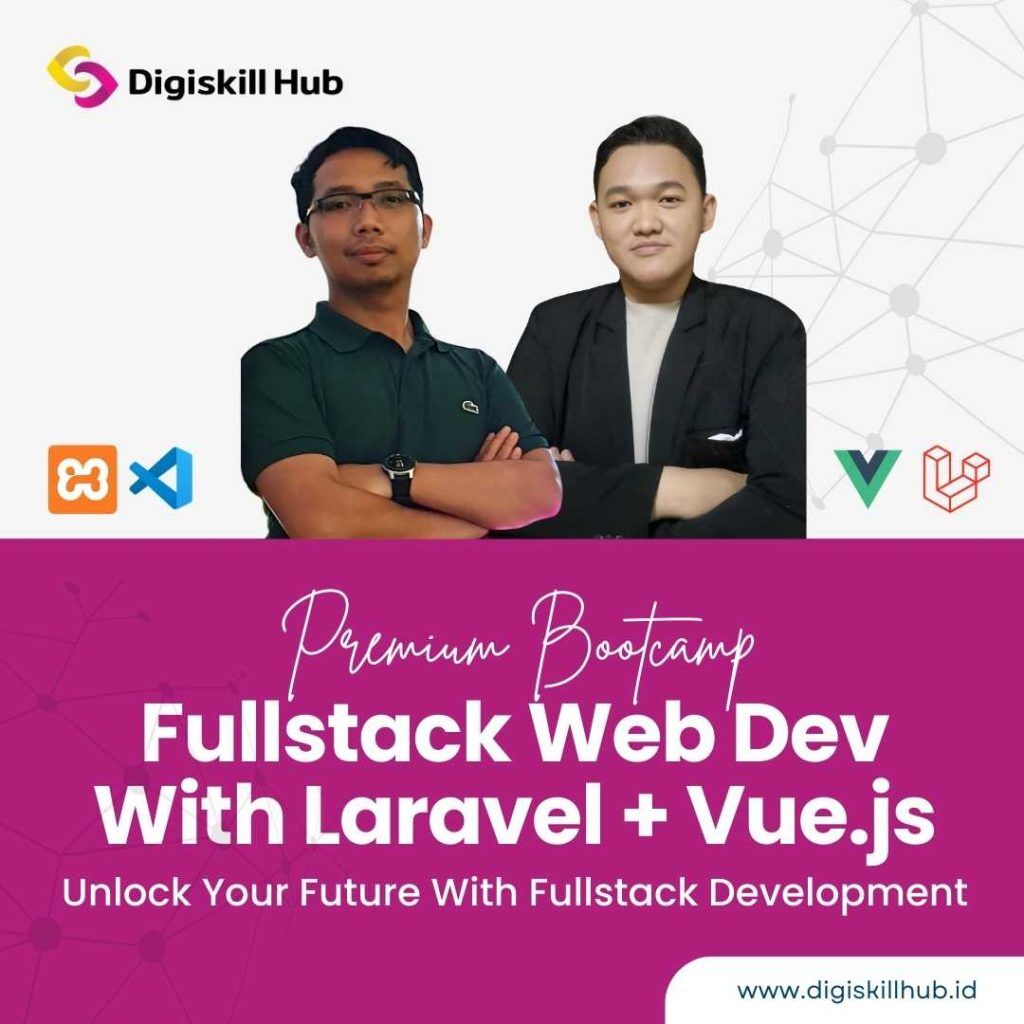
Premium
Rp.7.000.000
Umum
Rp.5.500.000
Mahasiswa
Rp.3.500.000
Tidak. Kursus ini dirancang dan disesuaikan untuk pemula , mahasiswa, umum dan profesional tanpa latar belakang IT. Materi disusun secara bertahap, mulai dari dasar hingga tingkat lanjut, sehingga dapat diikuti oleh siapa saja.
Ya. Setelah menyelesaikan seluruh materi dan tugas yang diberikan, Anda akan menerima sertifikat resmi dikeluarkan oleh CCIT FT Universitas Indonesia (UI) yang dapat digunakan untuk melamar pekerjaan atau menambah portofolio profesional.
Kursus ini menggunakan metode blended learning, yaitu kombinasi antara:
Ya. Kami menyediakan forum diskusi, sesi tanya jawab bersama mentor, serta dukungan teknis untuk membantu Anda selama proses belajar.
Untuk kursus secara umum (selain Mobile Development), perangkat minimal yang disarankan adalah:
Ya. Kursus ini bekerja sama dengan CCIT FT Universitas Indonesia, sehingga sertifikat yang diterbitkan memiliki kredibilitas tinggi dan dapat menjadi nilai tambah pada CV Anda.
Durasi kelas intensive bootcamp adalah 3 bulan, dengan sesi live melalui Zoom 2 kali dalam seminggu, masing-masing berdurasi 3 jam. Jadwal berlangsung pada hari kerja (weekdays) pukul 19.00 – 22.00 WIB atau hari libur (weekend) pukul 09.00 - 12.00
Durasi kelas fast track adalah 5 hari, dengan sesi live melalui Zoom 5 kali dalam seminggu, masing-masing berdurasi 3 jam. Jadwal berlangsung pada hari kerja (weekdays) pukul 19.00 – 22.00 WIB atau hari libur (weekend) pukul 09.00 - 12.00
Ya. Materi kursus dapat diakses kapan saja melalui platform LMS atau LXP, sehingga Anda bisa belajar secara fleksibel di luar jadwal live session.
Ya. Tugas diberikan di setiap akhir pertemuan. Selain itu, peserta akan mengerjakan proyek nyata (real project) sebagai bagian dari proses belajar dan portofolio.
Ya. Kursus ini berbayar, namun Anda akan mendapatkan akses seumur hidup ke seluruh materi pembelajaran, termasuk video, modul, dan forum diskusi.
Ya. Peserta akan mendapatkan bimbingan langsung dari mentor profesional, serta akses ke group chat khusus untuk berdiskusi dan berkonsultasi.
Tidak ada tes masuk untuk dapat mengikuti program di Digiskill Hub, semua orang dengan latar belakang apapun dapat mengikuti program ini
Kami juga ada program Intensive Bootcamp lainnya — pembelajaran mendalam dan langsung praktik bareng mentor!
Automated page speed optimizations for fast site performance